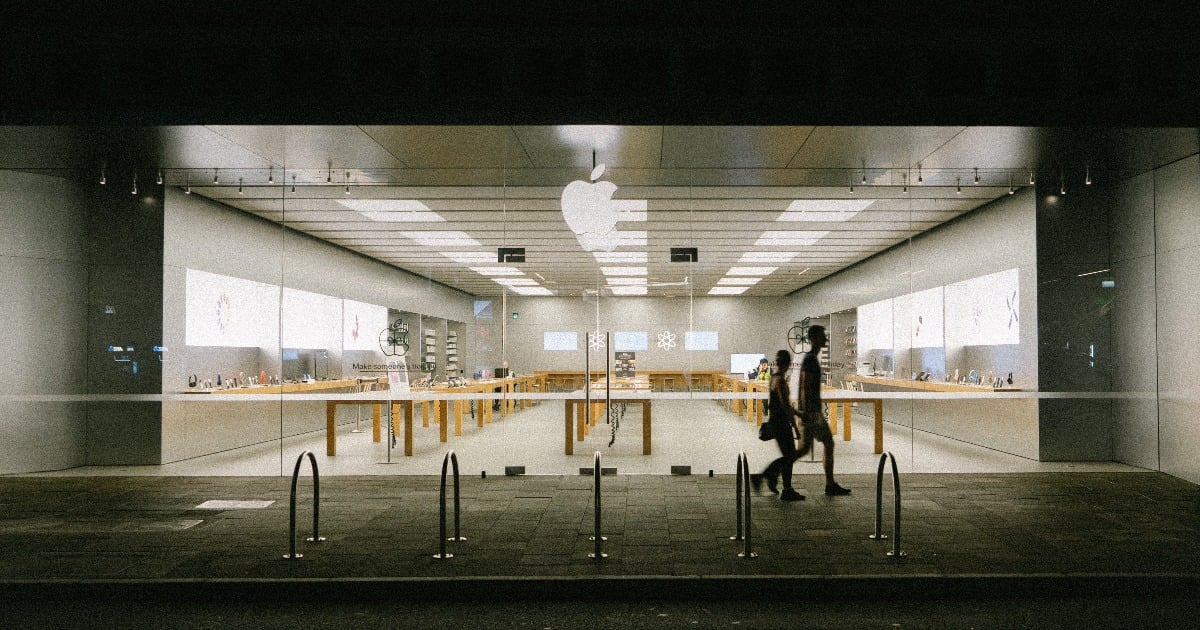Millennials have already outpaced their predecessors when it comes to purchasing power. And Gen Z, on track to become the largest generation of consumers by the year 2020, already accounts for $29 billion to $143 billion in direct spending. As younger, digitally active generations come to power in the retail world, retail needs to get out in front of them, and quickly.
The way these consumers use digital technology is creating a need for changes in the retail store environment. Being digital natives doesn’t mean that young consumers only shop online. They do, however, use their phones while they’re in a store to do a lot of things before and after the sale, from checking online pricing or availability to ratings for the store.
These new steps are the norm for younger generations, but younger shoppers still would rather visit a store before they make a purchase. In fact, 82% of millennials prefer brick and mortar stores, and 70% of consumers overall say they’re more likely to buy a product if they get to try it in store.
Making the best possible buying decision often means actually getting your hands on a product before you buy. Whether shoppers want to compare the fit of a couple different pairs of sneakers, get a chance to smell the perfume or cologne, or sample a new food product, the in-store experience is a key step in the buying process.
What Needs to Change?
These days, shoppers often do a ton of research before they even enter the store. Many come in with feedback from peers on different brands, or already knowing about product reviews, ratings, pricing and promotions. Armed with all this knowledge, they’re likely to have specific questions for sales associates before making the final purchasing decision.
That’s why in-store associates are so important. They’re uniquely positioned to engage the digitally native customer – in person – and offer the insights and experience that can’t be found online. So, as the profile of customers shifts younger and younger, in-store associates must adapt to meet customers’ expectations.
Knowledgeable, Enthusiastic Sales Associates Will Lead the Way
ThirdChannel analysis of sales performance for several brands in categories ranging from footwear to food and beverage to electronics at stores across the country demonstrates the essential role that in-store associates play. For starters, the top performing stores for one sporting goods brand noted that the retailer had three times as many available sales associates in these stores as the lowest performing stores.
But, it isn’t simply the number of associates that matters: It’s how much they know and like the products themselves. At top performing stores, 46% of sales associates were very knowledgeable, and 61% were extremely excited about the eyewear company. Not so much at the lowest performing stores, where there were virtually no knowledgeable, enthusiastic associates on the floor.
The results speak for themselves. Stores with high quality sales associates sold double the number of units and engaged two times as many customers as stores with inadequate associates. It’s clear that the absence of eager, prepared sales associates is harmful to brands’ bottom line, from lost sales to damage to the brand and customer engagement.
Retailers can also work to leverage brands’ own representatives more. Brands can do two things very well. First, they can educate their associates more. And second, they can actually help associates by doing more assisted selling events in-store.
Here are just a few examples: Educating nine store associates was key to growing sales for one major outdoor gear and clothing brand. A leading running footwear brand found that sales were nearly three times higher when there are at least two well-trained associates on the floor. And, for a leading eyewear brand, high enthusiasm among store associates for that brand led to increased sales.
Download our guide to learn more about how engaged, knowledgeable store associates can help drive sales.



